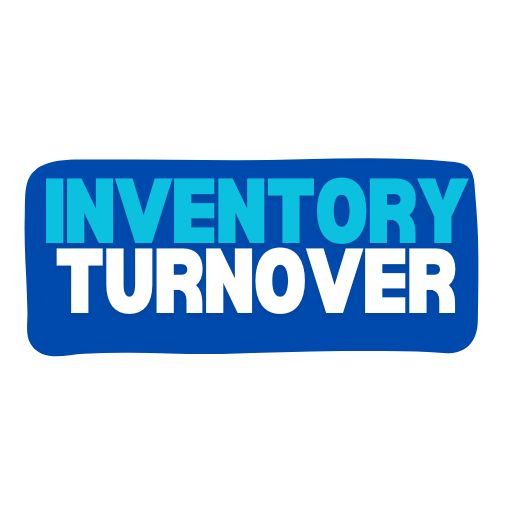The use of generative AI for risk and compliance applications is now a reality for financial institutions. As the majority of forward-focused firms try GenAI for risk and compliance functions and, more cautiously, put use cases in production, banks have opportunities to define effective programs for their GenAI initiatives.
How the financial industry is utilizing GenAI for risk and compliance initiatives
A Celent survey of financial services executives illustrates the GenAI actions and priorities of financial institutions. A majority (53%) of FIs across the financial industry sectors — including banking, capital markets, wealth management, and insurance — anticipate a moderate or high impact from GenAI on risk and compliance functions in the coming two years. Approximately 3/5 (59%) are implementing or testing GenAI use cases for risk and compliance functions.
GenAI is expected to impact a wide range of technology use cases in finance. Examples include:
- AI assistants: information retrieval, decisions
- Code development: mapping, refactoring, coding
- Content generation: document drafting, report generation
- Data analysis: analytics, augmentation, visualization
- Detection models: anti-money laundering (AML), fraud, errors, trade surveillance
- Information analysis: synthesis, summarization
- Synthetic data generation: customer segmentation, time series data generation, model training
- Workflow improvements: workflow changes, process automation
The GenAI techniques that are perceived as offering the most significant impact on risk and compliance for the near term are detection models (to support a range of financial crime risks) and information analysis (which can be applied to areas including credit risk, financial crime, and operational risk). The impact on risk functions is anticipated to be greatest for fraud detection and prevention, reported by 48% of respondents; other top areas of impact include operational risk and enterprise risk, regulatory change management and reporting, and cyberthreat detection, each reported by more than 40% of respondents. Anti-financial crime is the top functional area for applications of GenAI, where it may be applied to risk assessment, AML transaction monitoring and fraud detection & prevention, for example.
Data’s significance for risk functions can’t be understated. The importance of good practices around data applies to GenAI deployments, as well, where data quality is a top factor for success. Other elements required for success include organizational & operational buy-in and effective deployment platforms. Because of the far-reaching implications of GenAI initiatives for operations at financial institutions, stakeholder involvement, user acceptance, and smart technology decisions will also play significant roles in the success of these efforts.
Deployment of GenAI for risk & compliance in banking
In banking, specifically, the number of firms anticipating that GenAI will have a moderate or high impact on risk & compliance goes up from the 53% reported overall to 60%.
What will this look like? Consider this overview of the impact for banks:
- Banks are actively engaging to build large language models. While across financial sectors 15% are building their own LLMs, this number jumps to 41% among banks, making banking the financial sector that’s the most actively developing proprietary LLMs.
- Banks show slightly more engagement with GenAI than is the case for the financial services sector overall. A total of 64% of survey participants with an executive role in banking indicated that their financial institution is implementing/testing GenAI use cases in risk & compliance; 14% are in production with GenAI in risk and compliance and 50% are running a proof of concept (PoC).
- Nearly 1/5 (17%) in the banking sector name GenAI as their top priority for risk and compliance in the short term. An additional 26% include GenAI in their top three priorities.
- Detection models, information analysis, and content generation will see the biggest impact from GenAI for banks in the coming two years.
- Fraud detection and prevention is the leading GenAI use case in risk & compliance for banking. Almost half (49%) of banks point to fraud prevention as among their top three potential use cases. Retail banks, unsurprisingly, were more focused on fraud (58%), while fraud was less likely to be cited as a top use case among corporate banking divisions (41%).
How banks can ensure successful GenAI initiatives
Above all, data quality is essential for success with GenAI projects. More than ¾ (77%) of financial institutions overall identify “improved data quality” as the leading factor required for the successful implementation of GenAI initiatives. Extending the focus on data, 60% see data governance as a top enabler of GenAI; 51% identify the need for additional data sources.
An effective deployment platform is required. Banks should take methodical approaches to selecting ready-built solutions and/or the technology platforms that best support their GenAI initiatives.
In order to be successful with their GenAI initiatives, banks must proactively address the wide range of operational impacts that will be likely. Smart technology decisions are essential. Regulatory clarity is also crucial for moving forward with GenAI. The entire bank must be on board to ensure the success of GenAI strategy and implementation. Planning should include ways to encourage stakeholder involvement. Because user acceptance is crucial, the requirements and points of view of users should be anticipated, evaluated, and incorporated into planning.
Neil Katkov, PhD, is a director in the risk practice at Celent, a global research and advisory firm focused on technology and business strategies in the financial services industry.

